SpaceX will notch two big milestones on a single Falcon 9 launch today (Oct. 19), and you can watch the action live.
A Falcon 9 is scheduled to launch 28 of SpaceX’s Starlink broadband satellites from Florida’s Cape Canaveral Space Force Station…
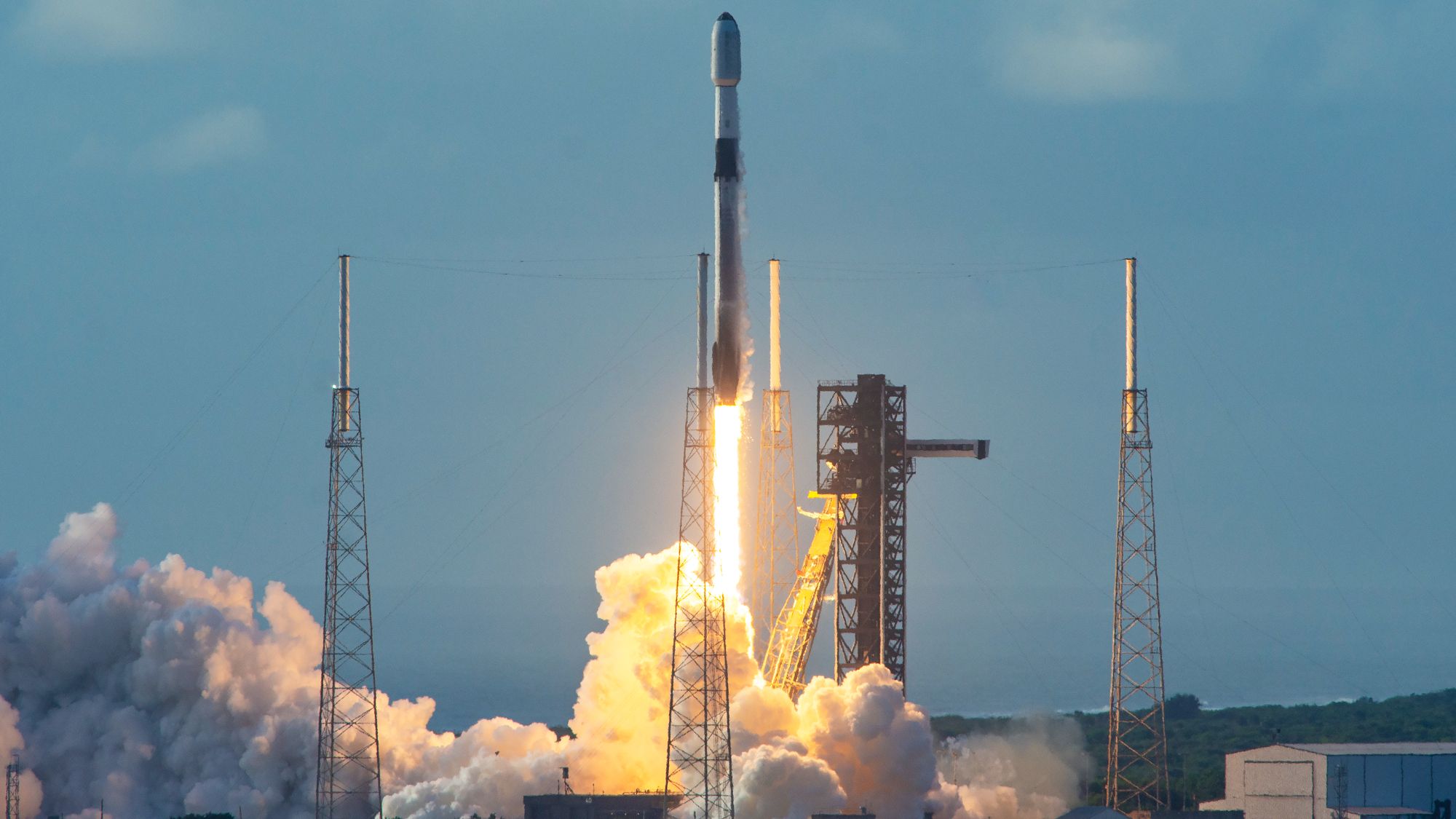
SpaceX will notch two big milestones on a single Falcon 9 launch today (Oct. 19), and you can watch the action live.
A Falcon 9 is scheduled to launch 28 of SpaceX’s Starlink broadband satellites from Florida’s Cape Canaveral Space Force Station…
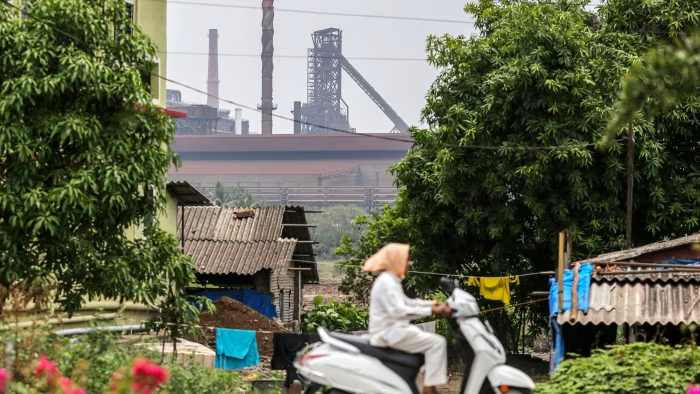
Stay informed with free updates
Simply sign up to the Indian business & finance myFT Digest — delivered directly to your inbox.
India’s “shoestring” research and development budgets leave it dependent on strategic rival China for the technology it needs to boost manufacturing, said steel billionaire Sajjan Jindal as he prepares to launch an electric vehicle brand.
The 65-year-old chair of JSW Group, which owns India’s largest steelmaker, said his company was in talks with several Chinese manufacturers, including BYD and Geely, to bring technology to India in preparation for an EV launch by June next year.
“The technology rests in China. Even Europe is taking the technology from China,” Jindal told the Financial Times. “China has taken a huge leap versus the European auto companies, so we don’t have any option.”
Indian Prime Minister Narendra Modi has sought to boost domestic manufacturing, with a focus on EVs, smartphones and semiconductors. His government has offered corporate tax incentives and consumer subsidies.
The risks of India’s reliance on China were made stark in 2020, when the nuclear-armed neighbours reignited a decades-long dispute along their Himalayan border and Beijing “started to clamp down on sharing technology with India”, said Jindal.
New Delhi in turn increased scrutiny of Chinese investments, denied most visas and blocked partnerships with manufacturers, including BYD.
While ties have begun to improve and Modi made his first visit to China since 2019 in August, New Delhi remains sceptical of Chinese technology and investment. It also wants to gain some of the business stemming from western companies trying to diversify their supply chains away from China.
However, Indian companies, including JSW, are not investing enough in R&D because they are focused on building up their capacity, said Jindal. India spends just 0.66 per cent of its GDP on R&D, compared with China’s 2.4 per cent and 3.5 per cent for the US.
“The government is trying to encourage the domestic industry, but it’s also shoestring budgets,” he said.
JSW, which has interests in ports, cement, energy and defence, entered the EV sector in 2023, producing MG Motor-branded cars as part of a joint venture with Chinese state-owned SAIC Motor.
The Chinese company is now looking to reduce its stake, said Jindal. The joint venture needs “more cash to be injected” but SAIC is “reluctant”, he said, adding that JSW would infuse more capital.
“I told the [SAIC] chairman . . . we want to own a 100 per cent stake in a new venture where we will do a lot of innovation ourselves,” he said, but SAIC wants “everything to be developed in China and then to be produced in India”.
SAIC did not respond to a request for comment.
Batteries — a core component of EVs — are one of the biggest hurdles. India mostly imports cells from China, Japan and South Korea, and domestic production is forecast to meet just 13 per cent of the country’s EV battery cell demand by 2030, according to S&P Global Mobility.
“Eventually our goal is to manufacture, design and develop the technology in India,” said Jindal, but until then they would have to use Chinese technology.
China on Wednesday said it had filed a complaint with the World Trade Organization over India’s EV and battery subsidies, arguing that they “give Indian industry an unfair competitive advantage and harm Chinese interests”.
JSW Groups made $23bn in revenue in the fiscal year to March 2025, of which steel accounted for $19bn. The EV joint venture, which is privately held, last reported revenue of less than $1bn in the fiscal year to March 2024.
JSW Steel on Friday reported a Rs16.2bn ($185mn) net profit in the quarter to September, jumping almost fourfold from the same period a year earlier.
Jindal expressed optimism that ties with China would continue to improve, especially after President Donald Trump’s 50 per cent tariffs on India showed the risks of a trade relationship with the US.
“Either bullets will talk or business will talk,” he said of India-China relations. “Both cannot talk simultaneously.”
Additional reporting by Gloria Li in Hong Kong
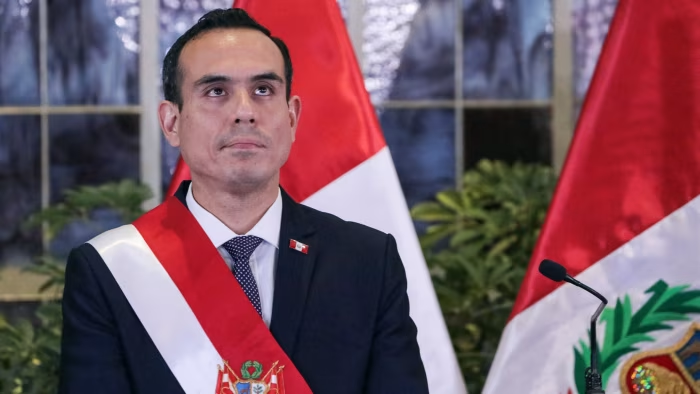
Less than a week after José Jerí was sworn in as Peru’s eighth president in less than a decade, public discontent over a wave of violent extortion rackets was already threatening his ability to lead the country into elections next year.
Jerí,…
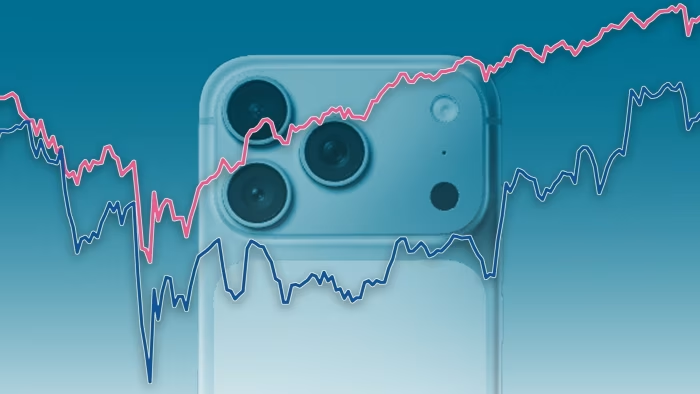
Unlock the Editor’s Digest for free
Roula Khalaf, Editor of the FT, selects her favourite stories in this weekly newsletter.
Apple’s new iPhone 17 is kick-starting the company’s strongest growth in smartphone sales since the Covid-19 pandemic, as the biggest redesign of its flagship product in years proves a hit.
Early momentum for the redesigned versions of its mobile device has proven stronger than expected before its September launch, according to industry insiders who monitor Apple’s supply chain, mobile operators and the length of time customers must wait for deliveries.
Analysts forecast that smartphone revenues will return to 4 per cent growth in the latest fiscal year, hitting $209.3bn, according to Visible Alpha data. The growth rate will rise to almost 5 per cent in fiscal 2026, with iPhone revenues hitting $218.9bn.
That has led to market confidence building as Apple heads into the crucial holiday sales season, despite delays to releasing artificial intelligence features and Donald Trump’s tariffs weighing on the Silicon Valley giant’s share price over the past year.
“It’s fair to describe the iPhone 17 launch as surprising versus where Wall Street expectations were at the end of August” before launch, said Gene Munster at Deepwater Asset Management.
Apple’s smartphone revenues fell 2 per cent in its 2023 financial year, which ends in September, and were flat last year, after consumers splurged on consumer electronics during the pandemic.
But significant upgrades to the iPhone’s cameras, displays and batteries this year are tempting more customers to upgrade ageing devices.
Citing Apple’s own store data as well as carrier data, Bank of America analysts this week said shipping times shown for the iPhone 17 are longer than in previous years, which “could indicate strong demand”.
“When lead times are longer, it’s usually a better product cycle,” Munster said. Wait times on the new iPhone are about 13 per cent longer than last year, he added, possibly signalling a broader “upgrade cycle”.
On 30 October Apple will report its fiscal fourth quarter to the end of September, including the first few weeks of iPhone 17 sales.
“Clearly it’s a very strong quarter for Apple,” said the IDC’s Francisco Jeronimo. “I don’t remember the last time I saw queues outside the Apple store like I’ve seen this year.”
Checks of Apple’s supply chain suggested orders of the iPhone 17 were “much stronger” than last year’s iPhone 16, he added.
Tracked by unit volumes, iPhone sales remain broadly flat. Between Apple’s fiscal 2024 and 2026, units are expected to hover around 235mn, according to Visible Alpha data.

By 2027, analysts predict the company’s flagship product will start selling more than 240mn units, before rising to almost 260mn by the end of the decade, with market rumours pointing to the launch of a foldable iPhone next year.
Apple no longer discloses unit sales and prefers to focus investor attention on revenues, with much of its overall growth from its existing user base.
The latest iPhone line-up has been boosted by generous trade-in programmes. The base model has benefited from government subsidy policies for cheaper phones in China.
iPhones continue to account for more than half of Apple’s approximately $390bn in annual revenue. A hit could help Apple turn around a difficult 2025, marked by trade tensions that disrupted its global supply chains.
Apple’s shares hit a new yearly high in September around the iPhone 17 launch, but recently dipped with the broader market as Trump threatened 100 per cent tariffs on China.
Despite speculation of tariff-driven cost increases, Apple opted not to raise prices for the device.
Some analysts warn market expectations for the new iPhone have got ahead of themselves. Earlier this month Jefferies downgraded Apple shares to “underperform” citing “excessive expectations” for iPhone demand.

Scientists at Johns Hopkins University may have uncovered a promising clue in the long-running effort to confirm the existence of dark matter.
For years, astronomers have puzzled over a faint, widespread glow of gamma rays near the Milky Way’s…
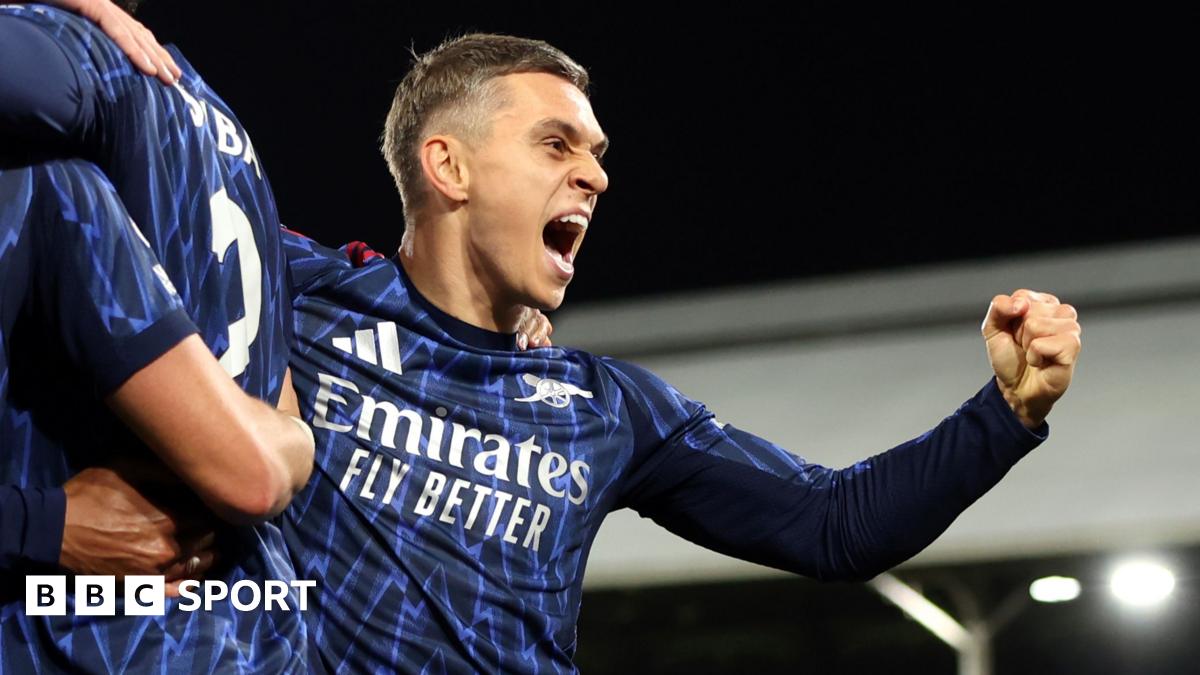
Arsenal came into the game on a four-match winning streak and it gave them the chance to build a clear lead at the top of the Premier League for the first time this season.
The Gunners have stumbled in their title challenge in the past two seasons…
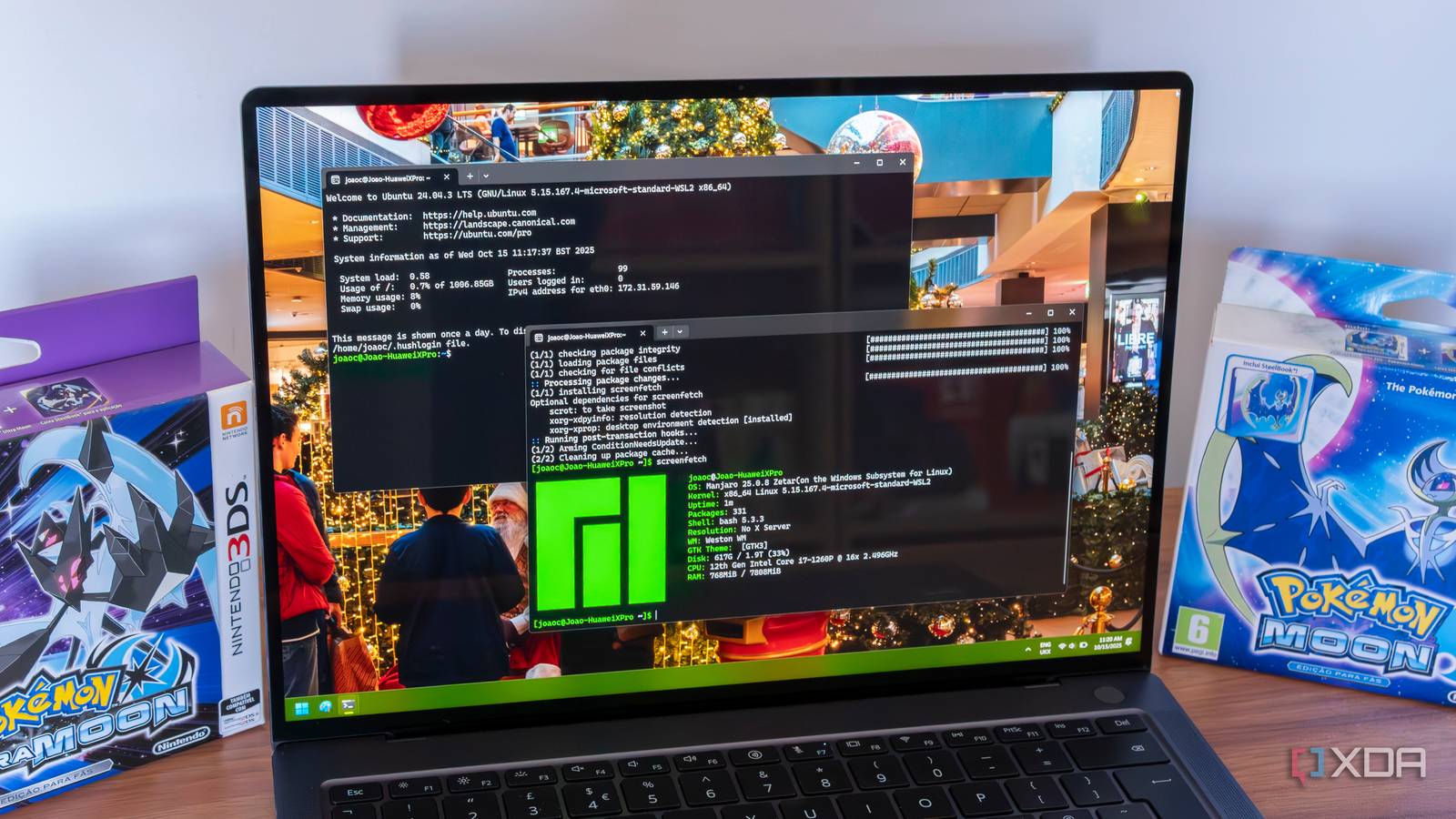
…
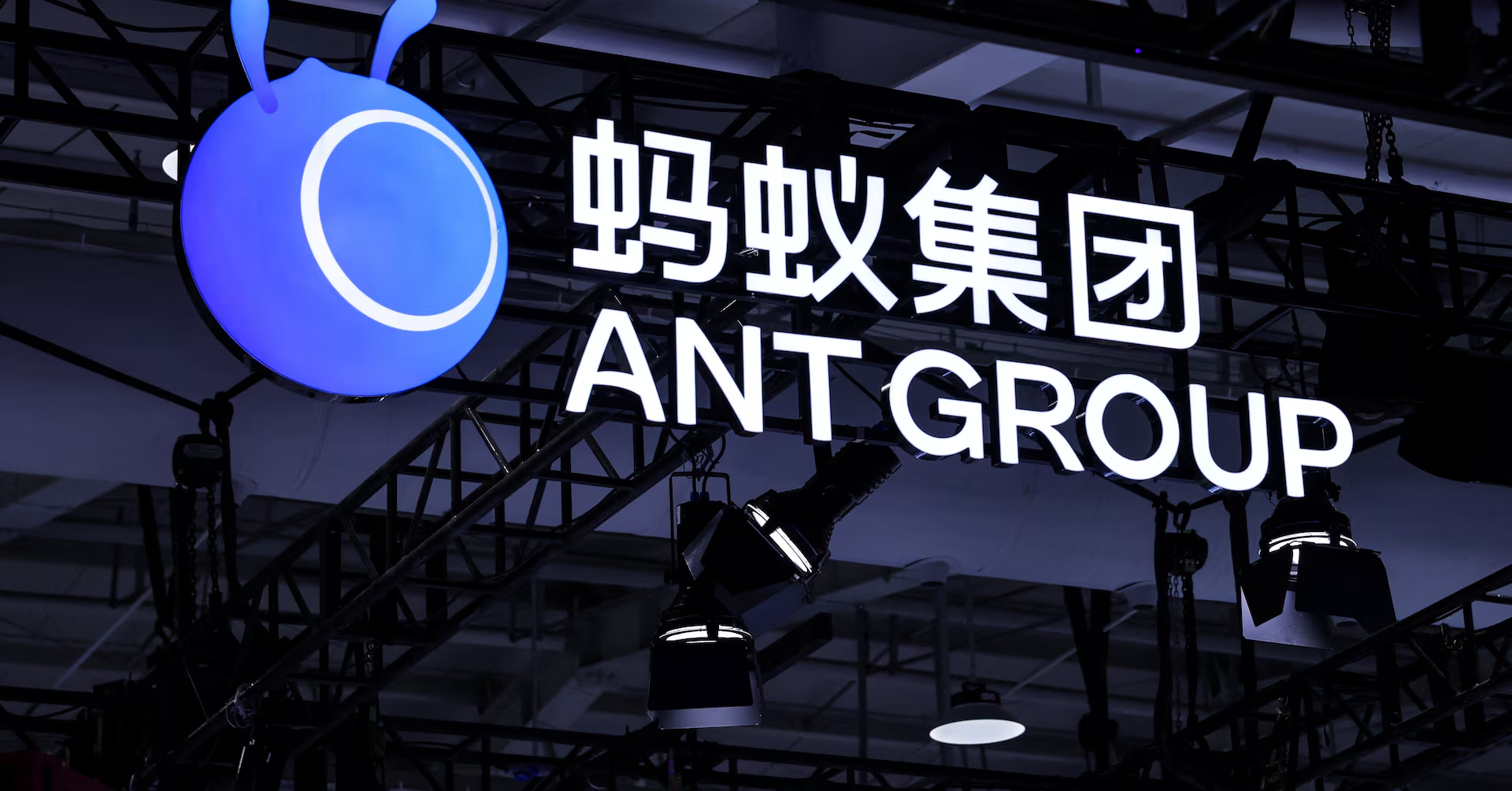
Companies have put their stablecoin ambitions on hold after receiving instructions from Chinese regulators, including the People’s Bank of China and Cyberspace Administration of China, not to move ahead with the plans, the FT reported, citing people familiar with the matter.
Sign up here.
Under the new regime, any person who issues stablecoins in Hong Kong – or issues stablecoins backed by Hong Kong dollars, whether within or outside the city – must obtain a licence from the Hong Kong Monetary Authority.
PBOC officials advised against participating in the initial rollout of stablecoins over concerns about allowing tech groups and brokerages to issue any type of currency, the FT report said.
Reuters could not immediately verify the report. Ant Group, JD.com, PBOC, CAC and HKMA did not respond to requests for comment.
Stablecoins, a type of cryptocurrency designed to maintain a constant value, usually pegged to a fiat currency such as the U.S. dollar, are commonly used by crypto traders to move funds between tokens.
Reporting by Chandni Shah in Bengaluru, Editing by Franklin Paul, Michael Perry and Christian Schmollinger
Our Standards: The Thomson Reuters Trust Principles.

The iconic No. 10 tallied 3g/1a during Saturday’s 5-2 Decision Day victory at Nashville, giving him 48 goal contributions this year – narrowly shy of Carlos Vela’s MLS-record 49 for LAFC in 2019.
Now, Messi looks poised to…